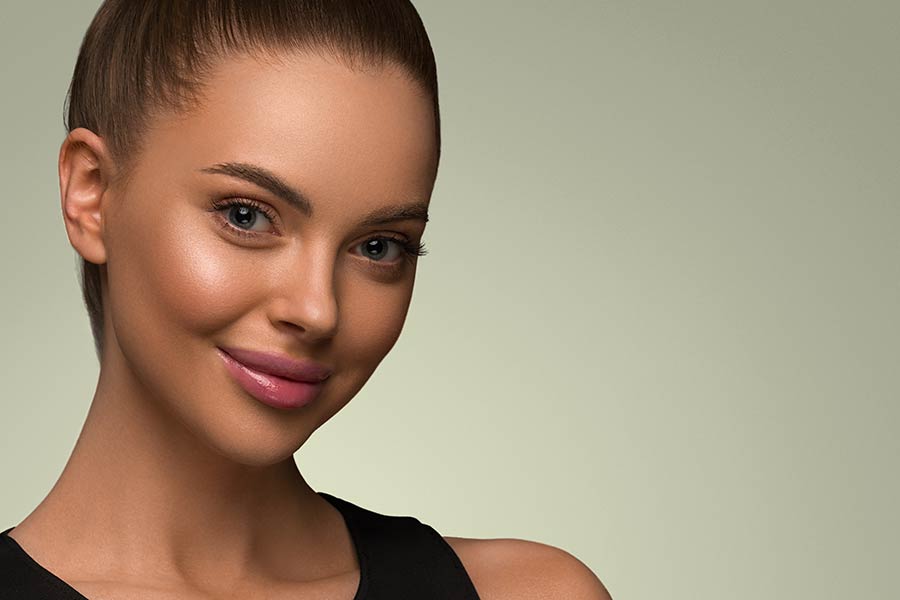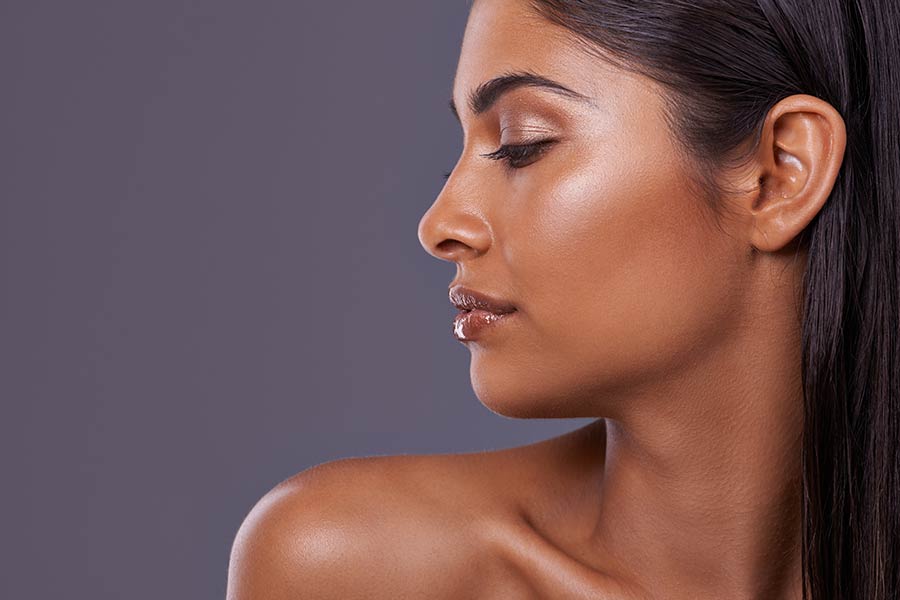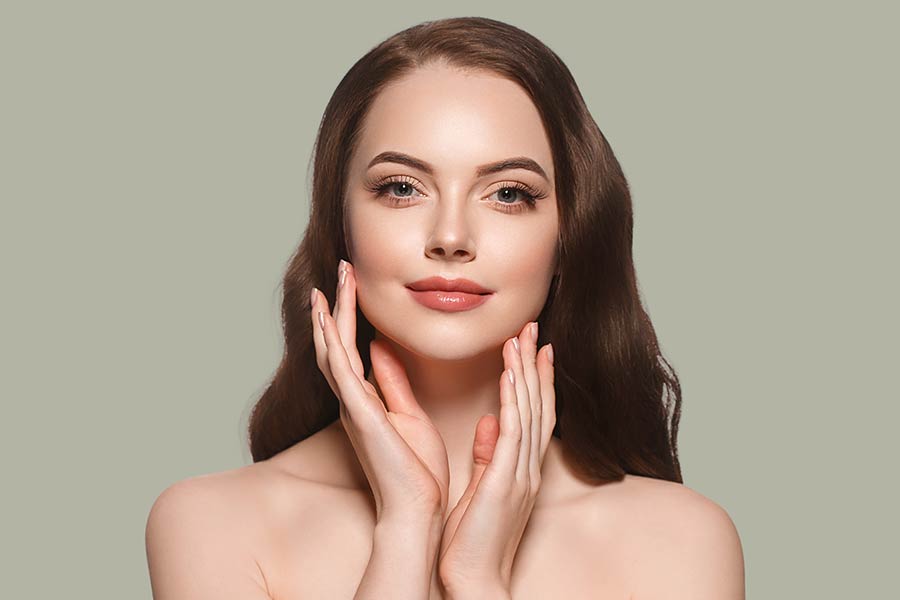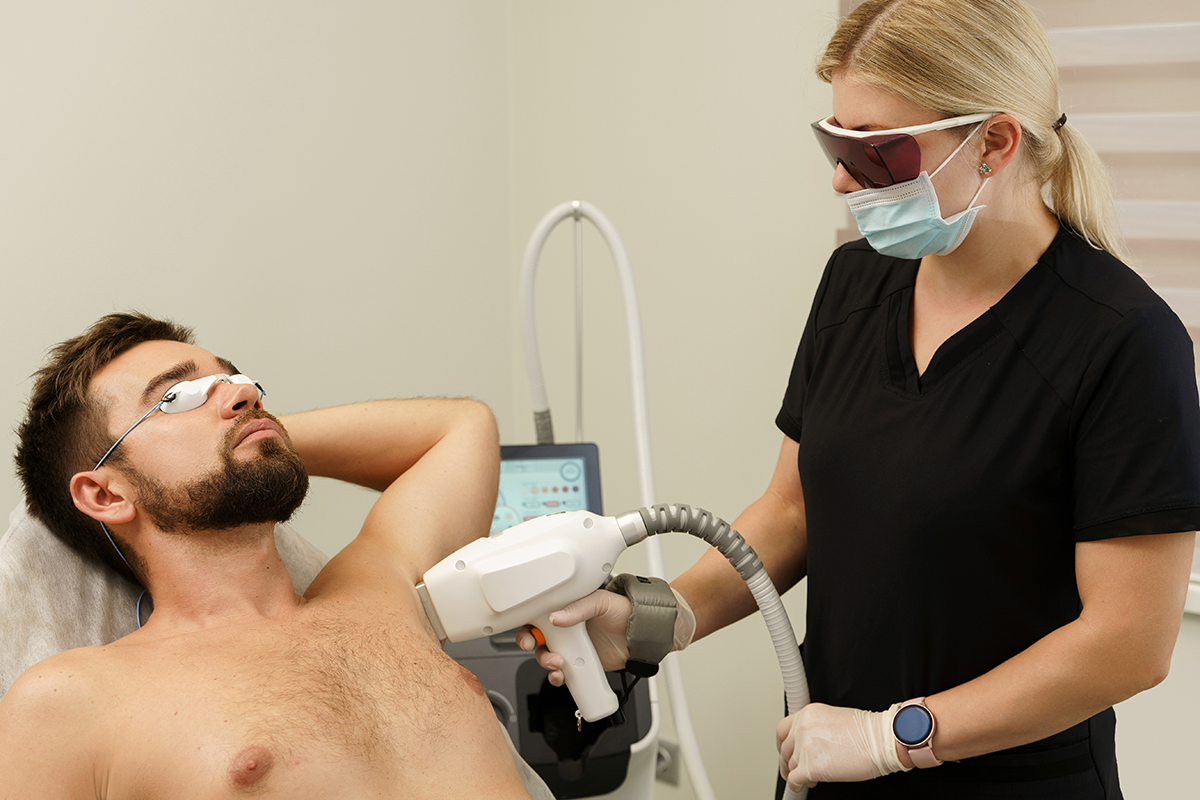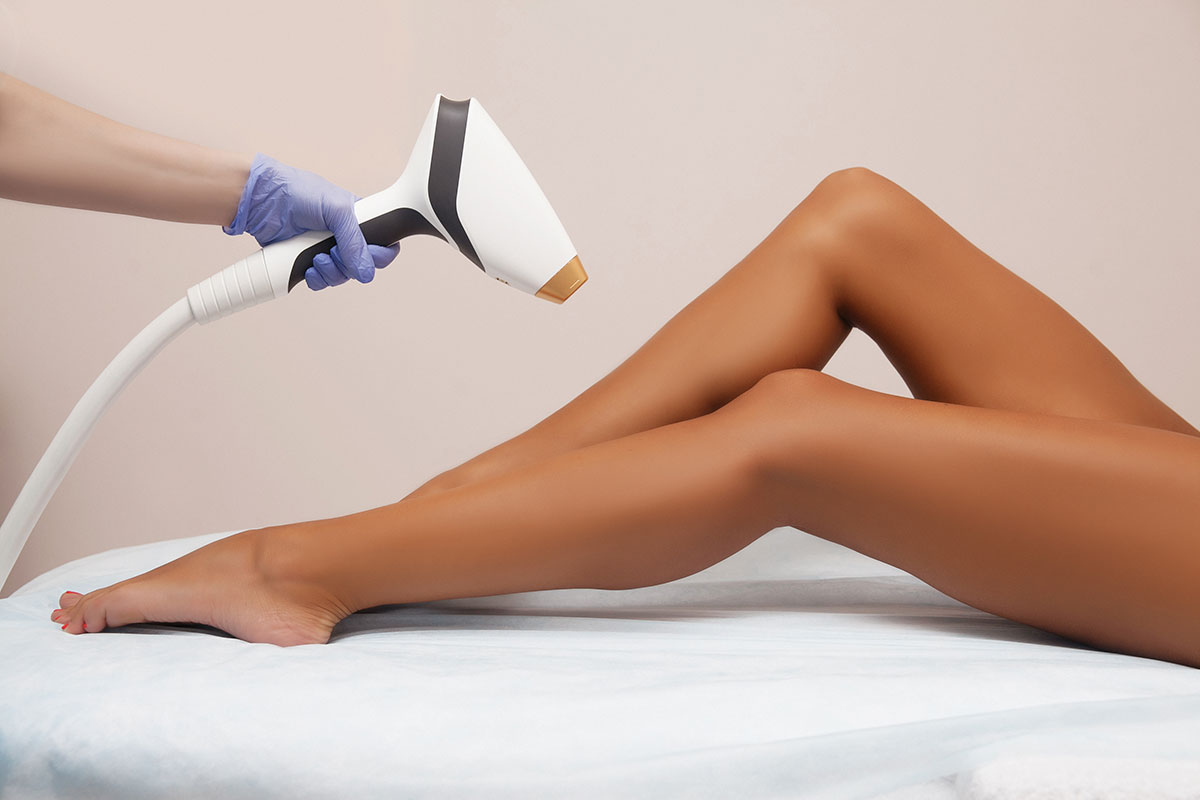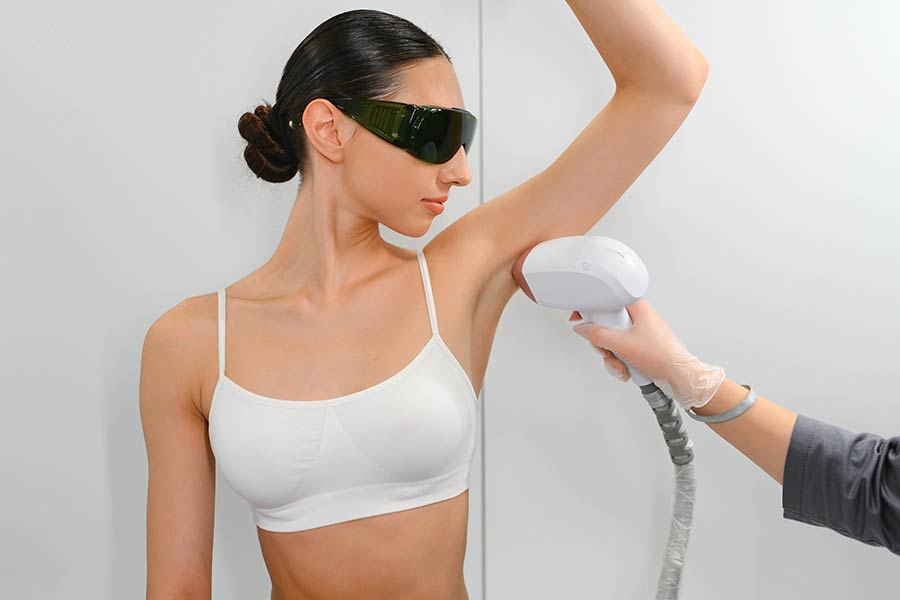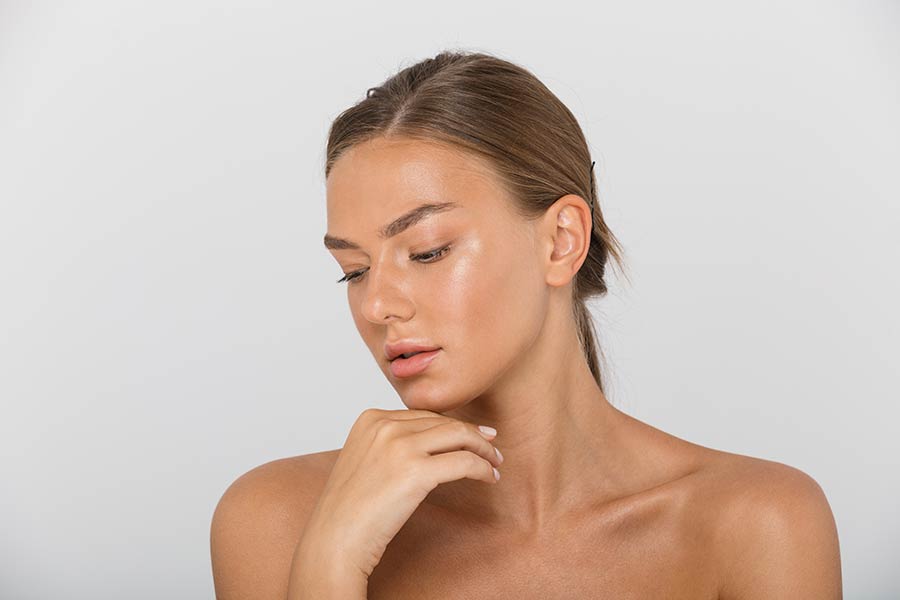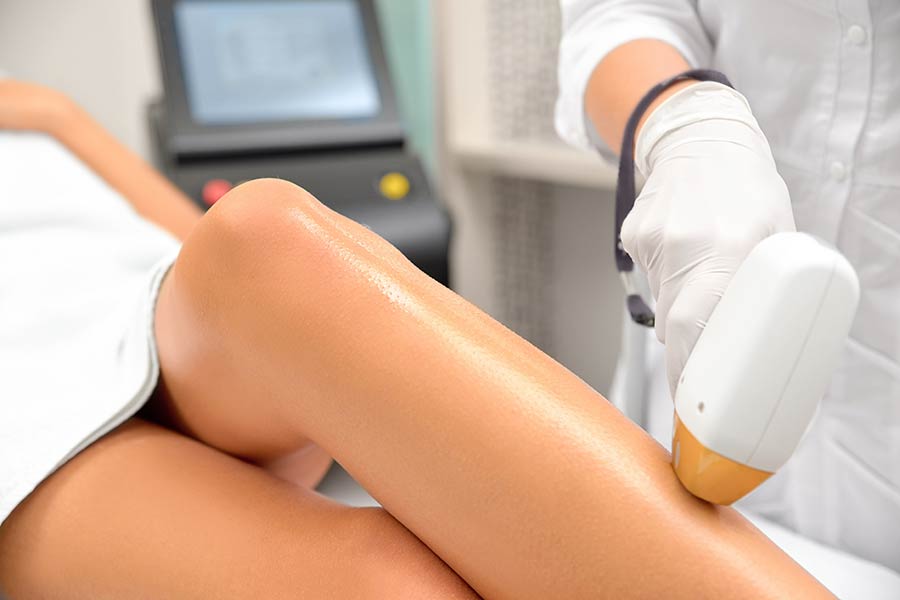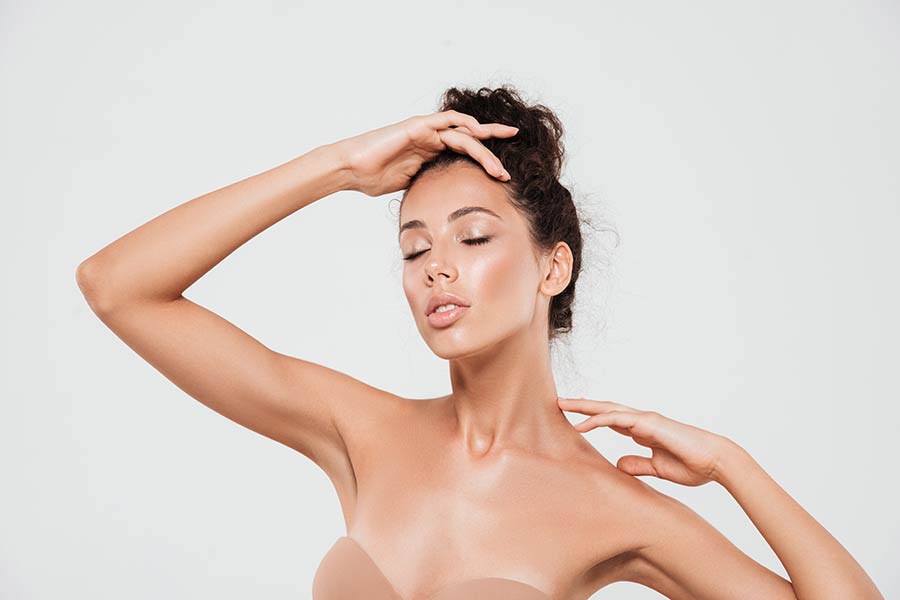Dermal fillers for under eyes have revolutionized the way we approach facial rejuvenation, offering a less invasive alternative to traditional surgery. Originating in the early 2000s, this method quickly gained popularity for its ability to restore volume and diminish the appearance of tired, sagging skin with minimal downtime. Today, it stands as a cornerstone in cosmetic treatments, providing immediate results that enhance natural beauty without the need for extensive procedures. As we dive into the specifics of under-eye fillers, we'll explore how this technique can offer a refreshed look, addressing concerns like dark circles and hollows beneath the eyes effectively.
Key Takeaways
- Dermal fillers can effectively address under-eye concerns like dark circles and hollows, offering a rejuvenated look.
- Understanding the causes of under-eye issues is crucial before considering treatment, as it helps tailor the approach for optimal results.
- Proper preparation, including selecting an experienced practitioner and discussing expectations, significantly enhances treatment success and satisfaction.
- Familiarize yourself with the procedure and potential side effects to make an informed decision and set realistic expectations about the outcomes and recovery process.
- Recovery from under-eye filler treatments is generally quick, with results visible shortly after, but knowing what to expect can ease any anxieties.
- Choosing the right practitioner is paramount; their expertise and experience directly influence the safety and effectiveness of the treatment.
Understanding Dermal Fillers
Basics of Fillers
Dermal fillers are gel-like substances injected under the skin. They restore lost volume, smooth lines, and soften creases. Most importantly, they enhance facial contours. Over 1 million men and women annually choose this popular facial rejuvenation treatment.
Safety is a top priority with dermal fillers. They are FDA-approved for cosmetic treatments. This makes them a trusted choice for enhancing facial appearance without surgery.
Many fillers contain hyaluronic acid, a natural substance in our skin. It attracts water, which helps keep the skin hydrated and voluminous.
Types of Fillers
There are several types of dermal fillers available:
- Hyaluronic Acid (HA): This is the most common type used for under eyes. It's known for its ability to add volume and hydrate the skin.
- Calcium Hydroxylapatite (CaHA): More robust than HA, it's not typically used under the eyes due to its density.
- Poly-L-lactic Acid: This filler stimulates collagen production but is less commonly used for under-eye treatments.
Each filler has a different duration of effects. Hyaluronic acid fillers can last from 6 to 12 months, depending on the individual's metabolism and lifestyle.
Benefits for Under Eyes
Fillers can significantly reduce the appearance of dark circles under the eyes. They do this by adding volume to hollow areas, which often cause shadows and an aged look.
The process involves minimal downtime, making it a convenient option for busy individuals. Results are immediate, offering a quick enhancement that can last several months or longer.
Choosing the Right Filler
Consulting with a professional is crucial to select the best filler for your needs. They will consider your skin type, desired outcome, and how long you want the results to last.
Choosing FDA-approved fillers ensures safety and effectiveness. Professionals can guide you towards the best options based on your unique facial structure and goals.
Causes of Under-Eye Concerns
Dark Circles
Dermal fillers offer a non-surgical solution to dark circles under the eyes. They work by adding volume, which can reduce the appearance of shadows. Many people have dark circles due to thin skin or loss of fat and collagen. Fillers can address these issues directly. The treatment is quick, with minimal downtime, making it an attractive option for those looking to brighten their under-eye area without surgery.
Dark circles often stem from genetics, aging, or lifestyle factors like lack of sleep. While not all causes are treatable with fillers, they are effective for darkness caused by volume loss or deep set eyes. This approach provides a refreshed look that many patients desire.
Hollows
Under-eye fillers are specifically designed to correct hollows beneath the eyes. These hollows can make one look tired or older than they actually are. By injecting filler into the targeted area, specialists can give patients a more rejuvenated appearance.
Hollows and puffiness under the eyes require different approaches. While fillers add volume to hollow areas, puffiness might need other treatments like surgery or lifestyle changes. Each filler treatment is customized to match the individual's unique hollow shapes and depths, ensuring natural-looking results.
Fine Lines
Fillers also prove effective in smoothing out fine lines under the eyes. They provide immediate improvement by plumping up the skin, thus reducing the visibility of wrinkles and creases.
However, it's important to note that this solution is temporary. Patients may need re-treatment every 6 to 18 months, depending on the type of filler used and how their body responds to it. Despite this, many opt for fillers due to their non-invasive nature compared to surgical options.
Using dermal fillers for fine lines allows individuals to achieve smoother skin without undergoing invasive procedures. It's a quick way to maintain a youthful appearance with little recovery time needed.
Preparing for Treatment
Initial Consultation
Before getting dermal fillers for under eyes, an initial consultation is key. This meeting lets you share your medical history and any allergies. It's crucial because some fillers might not suit you due to these factors.
During this time, the specialist will look closely at your under-eye area. They do this to figure out the best approach for you. Each person's skin is different, so the plan must fit your needs.
You should also talk about what you hope to achieve. Be open and honest here. The doctor will help set realistic expectations for the outcome of your treatment.
Pre-Treatment Advice
To get ready for under-eye filler treatment, follow some simple steps. First, try to avoid taking blood thinners a few days before your appointment. Medicines like aspirin can increase bruising risk.
Also, come to your appointment without makeup on. This makes it easier for the specialist to work on your skin.
Staying hydrated and getting enough rest before the treatment helps too. These steps can make a difference in how well you recover.
Setting Expectations
Understanding what dermal fillers can do is important. They can make a big difference in how under-eye areas look by adding volume and smoothing out wrinkles. However, results vary from person to person.
Remember, fillers are not permanent solutions. They last for several months or more, but eventually, they break down. You might need more treatments in the future to maintain the effects.
Fillers have their limits too. They work well for certain issues but might not be right for all under-eye conditions. Your doctor will talk to you about other options if fillers aren't suitable.
The Procedure Explained
Step-by-Step Process
The journey to rejuvenating under-eye areas begins with a detailed consultation. Here, the specialist discusses your goals and examines your skin. They then recommend the best filler type for your needs. This choice depends on factors like skin type, age, and desired outcome.
Next is the injection day. Before starting, the area under the eyes gets cleaned. A numbing cream may be applied to ensure comfort. The actual injection process is quick, often taking less than 30 minutes.
Afterward, you'll receive guidance on post-care. A follow-up appointment checks on healing and results.
Anesthetizing Areas
To minimize discomfort, a topical numbing cream or local anesthesia is used before injections. This step is crucial for a pain-free experience. The numbing effect lasts only a short while but makes the procedure more comfortable.
Injection Techniques
Injecting fillers under the eyes requires great precision. Specialists use fine needles or cannulas to place the filler accurately. This skill ensures the results look natural and meet patient expectations.
Post-Injection Care
Post-care involves simple yet effective steps to ensure optimal healing:
- Apply ice to reduce swelling and bruising.
- Avoid strenuous activities for a few days.
- Sleep with an elevated head to minimize swelling.
These actions help speed up recovery and enhance results.
Potential Side Effects
Common Reactions
After undergoing the procedure to enhance the under-eye area with dermal fillers, it's normal to experience some temporary side effects. Swelling, bruising, and redness are among the most common reactions. These symptoms are a natural part of the healing process. They usually improve on their own.
Lumps or unevenness might also appear at the injection sites. However, these typically resolve within a few days as the filler settles under the skin. Most individuals find that these reactions subside within one to two weeks.
Managing Side Effects
To manage discomfort, over-the-counter pain relief can be helpful. It's important to follow any aftercare instructions provided by your practitioner closely. If you notice unusual side effects that don't seem to improve, reaching out to your practitioner is crucial.
In some cases, gentle massage may be recommended to smooth out any lumps. This should only be done if approved by your healthcare provider. They can guide you on how to safely massage the area without causing harm.
When to Seek Help
While dermal fillers are generally safe, there are signs that require immediate medical attention. Signs of infection or an allergic reaction need prompt action. Symptoms like increased redness, warmth at the injection site, fever, or unusual discharge are red flags.
Changes in vision or severe pain should never be ignored. These could indicate more serious complications related to the filler treatment. Always keep your practitioner’s contact information handy for quick reference in case of emergencies.
Recovery and Results
Immediate Aftercare
Following your practitioner's aftercare instructions is crucial for a smooth recovery. Avoid touching or applying pressure to the under-eye area. This helps prevent irritation and ensures the filler settles properly. It's also important not to apply makeup for at least 24 hours after the procedure. This minimizes the risk of infection and allows the skin to heal.
Results Timeline
The beauty of dermal fillers for under eyes is the immediate visibility of results. You'll notice a difference right away, with improvements continuing over several days. Typically, the peak appearance emerges within 1-2 weeks as swelling decreases and the filler integrates with your skin. On average, these fillers maintain their effectiveness for 6 to 12 months, depending on the type used and individual factors like metabolism.
Maintenance Tips
To keep your under-eye area looking its best, schedule regular follow-up appointments. These sessions help assess if additional treatment is needed. Enhancing and prolonging your results can also be achieved through a dedicated skincare routine. Focus on hydration and sun protection to support overall skin health. Remember, healthy lifestyle choices like drinking plenty of water and using sunscreen daily play a significant role in maintaining your new look.
Choosing a Practitioner
Qualifications to Look For
Finding the right practitioner for under-eye fillers is crucial. Look for someone licensed and with a solid background in cosmetic procedures. They should have specific experience with under-eye treatments. This area is delicate, and expertise matters.
Certifications matter too. Check if they have undergone specialized training in cosmetic injections, especially for under-eye fillers. This ensures they know the latest techniques and safety protocols.
It's also wise to ask for a portfolio of their work. Before-and-after photos can give you a clear idea of their skill level. You want someone who has consistently good results.
Questions to Ask
When meeting with potential practitioners, don't hesitate to ask detailed questions. Find out how much experience they have with under-eye fillers specifically. It's different from other facial treatments.
Inquire about the types of fillers they use and why. Different fillers have different lifespans and effects. Knowing what to expect helps set realistic expectations.
Ask about potential risks and how they handle complications. Every procedure has risks, but knowing your practitioner is prepared can ease worries.
Researching Reviews
Lastly, do your homework by reading reviews from past patients. Look for testimonials that mention under-eye filler treatments specifically. This can provide insights into their satisfaction levels and the practitioner's reliability.
Before-and-after photos are incredibly valuable here too. They not only show the practitioner's skill but also the types of results you might expect for yourself.
Consider the overall satisfaction rate and any mentioned complications. A few negative reviews are normal, but consistent issues are a red flag.
FAQs on Under-Eye Fillers
Safety Concerns
Under-eye fillers are generally safe when administered by a skilled professional. The risk of serious complications is low. However, patients might experience minor side effects. These include swelling, bruising, and redness at the injection site. Qualified practitioners usually manage these effects effectively.
It's crucial to share your full medical history with your provider. This step helps avoid any contraindications. Always ensure the practitioner knows about any allergies or medications you're taking.
Longevity of Results
The results from under-eye fillers can last between 6 months to a year. The specific type of filler used plays a big role in this duration. Your body's metabolism and lifestyle choices also impact how long the effects last.
To extend the benefits, some opt for touch-up treatments. These sessions can help maintain the desired look for longer periods.
Cost Considerations
The cost of under-eye fillers varies widely. Factors influencing price include the type of filler, the provider's experience, and location. Prices can differ significantly from one city to another.
When selecting a provider, prioritize quality and safety over cost. Remember, a higher price doesn't always mean better service, but it's essential to trust your provider's expertise and experience.
e clinics offer payment plans or discounted rates for multiple treatments. These options can make managing costs easier for patients interested in ongoing maintenance.
Final Remarks
Dermal fillers for under eyes can be a game-changer, turning back the clock on tired eyes. You've learned how they work, what causes under-eye issues, and what to expect from treatment to recovery. It's clear that choosing the right practitioner is crucial for safe, satisfying results. Remember, side effects are possible, but with proper care and an expert's touch, risks minimize. Your journey to brighter, more youthful eyes starts with informed choices and ends with enjoying the confidence that comes from looking your best.
Ready to take the next step? Research practitioners with excellent reviews and solid credentials. Your eyes deserve the best care, so don't settle. Brighter days and rejuvenated looks are just an appointment away. Dive in and see the difference for yourself!
Frequently Asked Questions
How long do under-eye fillers last?
Under-eye fillers typically last between 6 to 12 months. However, the exact duration can vary based on the type of filler used and individual factors such as metabolism and lifestyle.
Are under-eye fillers painful?
The procedure involves minimal discomfort. Most fillers contain a local anesthetic, and practitioners may also apply a topical numbing cream to further reduce any potential pain.
Can dermal fillers fix dark circles?
Dermal fillers can effectively reduce the appearance of dark circles caused by volume loss or hollow under-eyes, making them less noticeable. However, they may not address dark circles caused by hyperpigmentation.
What are the risks of getting under-eye fillers?
Common side effects include temporary swelling, bruising, and redness. More serious but rare complications can include infection, allergic reactions, or vascular occlusion. Choosing an experienced practitioner minimizes these risks.
How soon will I see results from under-eye fillers?
Results from under-eye fillers are immediate. You'll notice an improvement in volume and contour right after treatment. Any minor swelling or bruising that occurs will typically subside within a week or two.
Is there any downtime after getting dermal fillers for under eyes?
There's minimal to no downtime required after getting under-eye fillers. Most individuals return to their daily activities immediately post-procedure, with some taking precautions against strenuous activities for the first 24-48 hours.
How do I choose the right practitioner for under-eye fillers?
Look for a licensed medical professional with extensive experience in administering dermal fillers, especially in the delicate under-eye area. Research their credentials, read reviews, and consider before-and-after photos of their previous work to ensure they meet your expectations.



